Description
Understanding CPU Ceramic Processor Scrap with Gold Pins: A Comprehensive Guide
In the world of electronic waste recycling, CPU ceramic processor scrap with gold pins holds a special place. These small, outdated components are not just relics of a bygone technological era; they are also valuable sources of precious metals like gold. For many, they represent an opportunity to turn e-waste into profit while contributing to environmental sustainability. This article delves into the details of CPU ceramic processors, the value of their gold pins, and the processes involved in recycling them.
What Are CPU Ceramic Processors?
CPU ceramic processors are a type of central processing unit encased in ceramic packaging. These processors were commonly used in older computers from the 1970s to the early 2000s. Unlike modern CPUs, which use advanced materials and smaller architectures, ceramic processors were built to be robust and durable. The ceramic casing protects the delicate internal components, making them more resistant to physical damage and environmental factors.
One of the most distinctive features of these processors is the presence of gold pins. Gold is an excellent conductor of electricity and highly resistant to corrosion, making it an ideal material for use in electronic components. The gold pins are crucial for establishing connections within the CPU and with other computer components, ensuring efficient data transmission.
Why Are Gold Pins Valuable?
Gold is a precious metal with high demand in various industries, including electronics, jewelry, and finance. Its unique properties, such as conductivity, malleability, and resistance to tarnish, make it indispensable in high-tech applications. In CPU ceramic processors, gold is used in small amounts but remains highly valuable due to its recyclability.
The value of the gold pins in these processors lies in their purity. Typically, the gold used in electronic components is of high quality, often ranging from 99.7% to 99.9% purity. While the quantity of gold in a single processor is minimal, when collected in bulk, the cumulative value can be substantial. For example, a kilogram of ceramic processors might yield a few grams of gold, which can be worth hundreds of dollars depending on market prices.
Sources of CPU Ceramic Processor Scrap
The primary sources of CPU ceramic processor scrap include:
- Old Computers: Many older desktops and laptops contain ceramic processors. These devices are often discarded during upgrades or when they become obsolete.
- Electronic Recycling Centers: These facilities collect and process electronic waste, including outdated CPUs. They often have large quantities of ceramic processors that are no longer functional.
- Auctions and Surplus Sales: Government auctions, corporate surplus sales, and online marketplaces are excellent places to find ceramic processor scrap in bulk.
- Private Collections: Some individuals or organizations collect old CPUs for resale or recycling purposes.
The Recycling Process
Recycling CPU ceramic processors with gold pins involves several steps to extract the valuable materials. Here is a simplified overview of the process:
- Collection and Sorting: The first step is gathering ceramic processors and sorting them based on their type and composition. This helps streamline the recycling process and ensures that processors with gold pins are prioritized.
- Physical Dismantling: The ceramic casing is carefully broken apart to expose the gold pins. This step requires precision to avoid damaging the valuable materials.
- Chemical Processing: The gold pins are subjected to chemical treatments to dissolve the surrounding materials and isolate the gold. Commonly used chemicals include aqua regia, a mixture of nitric acid and hydrochloric acid, which can dissolve gold.
- Purification: The dissolved gold is purified through processes like precipitation or electrolysis to remove impurities and achieve high purity levels.
- Refining: The purified gold is melted and cast into bars, coins, or other forms for resale or industrial use.
Environmental and Economic Benefits
Recycling CPU ceramic processors with gold pins offers several environmental and economic advantages:
- Reducing E-Waste: Recycling prevents electronic waste from ending up in landfills, where it can release harmful substances into the environment.
- Conserving Resources: Recovering gold and other metals reduces the need for mining, which is energy-intensive and environmentally damaging.
- Economic Opportunities: The recycling industry provides jobs and generates revenue. Individuals and businesses can profit from collecting and recycling CPU scrap.
- Promoting Sustainability: By reusing valuable materials, recycling contributes to a circular economy and helps preserve natural resources for future generations.
Challenges in Recycling CPU Ceramic Processors
Despite the benefits, recycling CPU ceramic processors is not without challenges:
- Complexity: The process of extracting gold from ceramic processors is intricate and requires specialized equipment and expertise.
- Health and Safety Risks: Handling chemicals like aqua regia poses health risks if not managed properly. Recycling facilities must adhere to strict safety protocols.
- Market Fluctuations: The value of gold and other recovered materials can vary, affecting the profitability of recycling operations.
- E-Waste Regulations: Different countries have varying regulations regarding e-waste recycling, which can complicate international trade and processing.
Tips for Collecting and Selling CPU Ceramic Processor Scrap
If you’re interested in profiting from CPU ceramic processor scrap with gold pins, here are some tips:
- Research Market Prices: Stay updated on the current prices of gold and electronic scrap to determine the best time to sell.
- Build Relationships: Establish connections with recycling centers, scrap dealers, and other industry players to secure a steady supply of processors.
- Test for Value: Learn to identify high-value processors by researching their specifications and gold content.
- Ensure Compliance: Familiarize yourself with local regulations regarding e-waste collection and recycling to avoid legal issues.
- Invest in Equipment: If you plan to process the scrap yourself, invest in the necessary tools and safety gear to ensure efficient and safe operations.
Future Prospects of CPU Ceramic Processor Recycling
As technology continues to advance, the availability of CPU ceramic processors is declining. However, the demand for recycled gold and other materials remains strong. This creates opportunities for innovative recycling methods and technologies that can process newer types of electronic waste. Additionally, the growing awareness of environmental issues is likely to drive further investment in the recycling industry.
Conclusion
CPU ceramic processor scrap with gold pins represents a fascinating intersection of technology, economics, and environmental sustainability. By understanding the value of these components and the processes involved in recycling them, individuals and businesses can contribute to a greener future while reaping financial rewards. Whether you’re a hobbyist, a recycler, or an entrepreneur, the world of CPU ceramic processor scrap offers endless possibilities for exploration and profit.
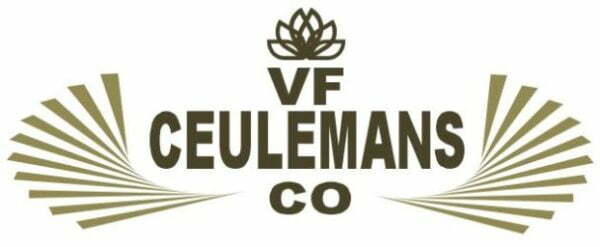

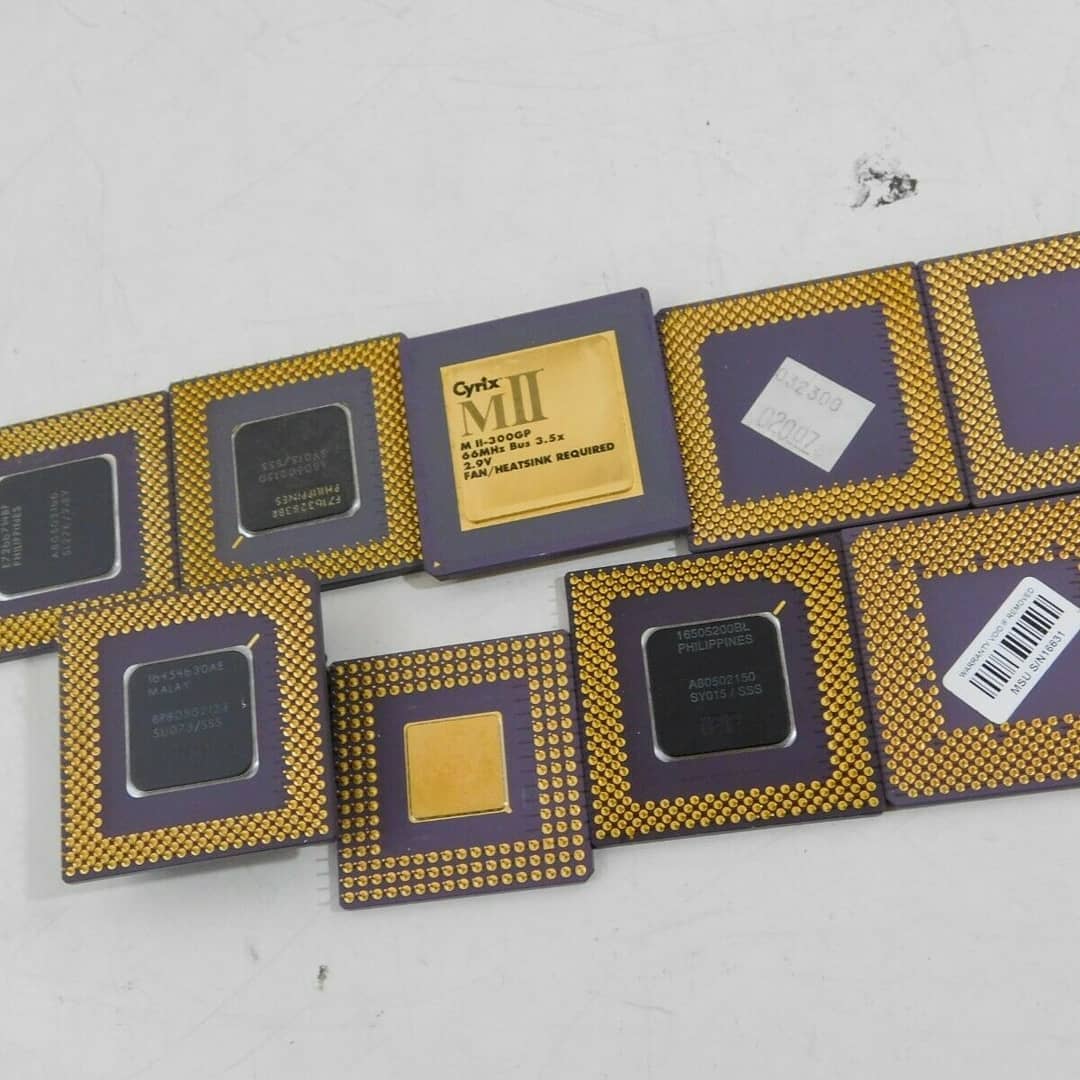

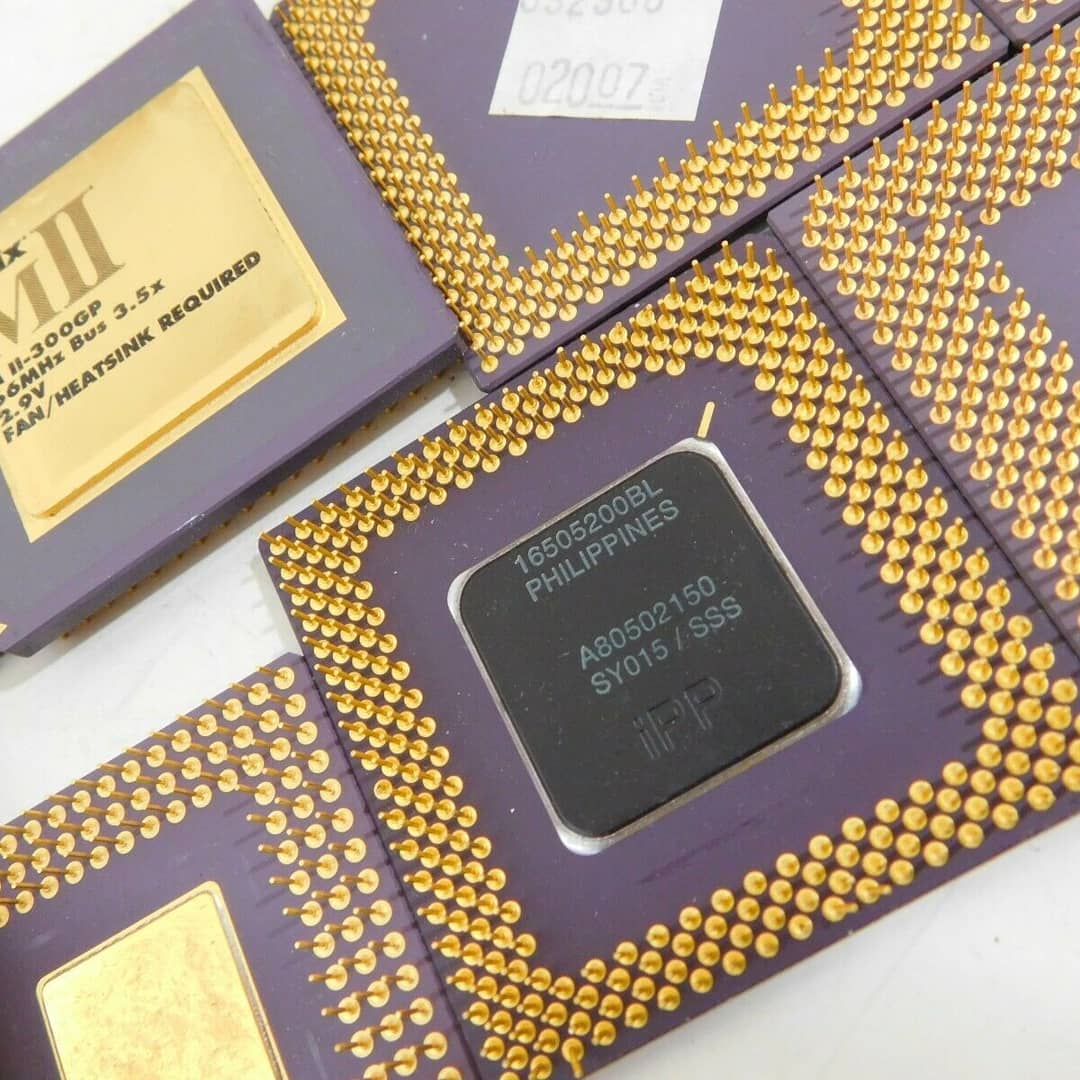

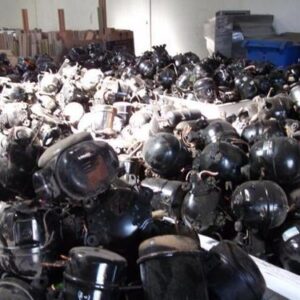
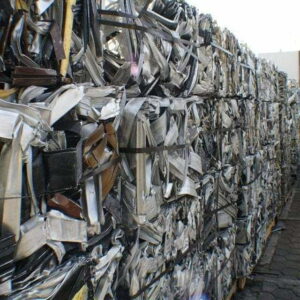


Chris –
hi how much do you ask for 50 kilo of 486 ceramic CPU scrap and how do you deliver ,i’m very interested pleas let me know
admin –
send us your email address or whatsapp number so we can proceed further
Codrin Lazar –
Hi
How much for 50 kg of i486 scrap cpu?
Matija Kulovec –
hi how much do you ask for 10 kilo ceramic CPU scrap and how do you deliver ,i’m very interested pleas let me know
Kacza –
Hello, yes i am interested in cpu ceremic scrap intel 386 486, first order 10 kg, then by agreement.
Sebastian Samuel –
Dears Sirs,
By the internet search for Intel Ceramic 486 & 386 CPU Scrap i became attentive to your web page.
I am interested in buying your product.
Could you please send me price information.
I am glad about an answer.
With kind regards
Sebastian Samuel
Strausz Laszlo –
Howmuch 10 kg.?sample please